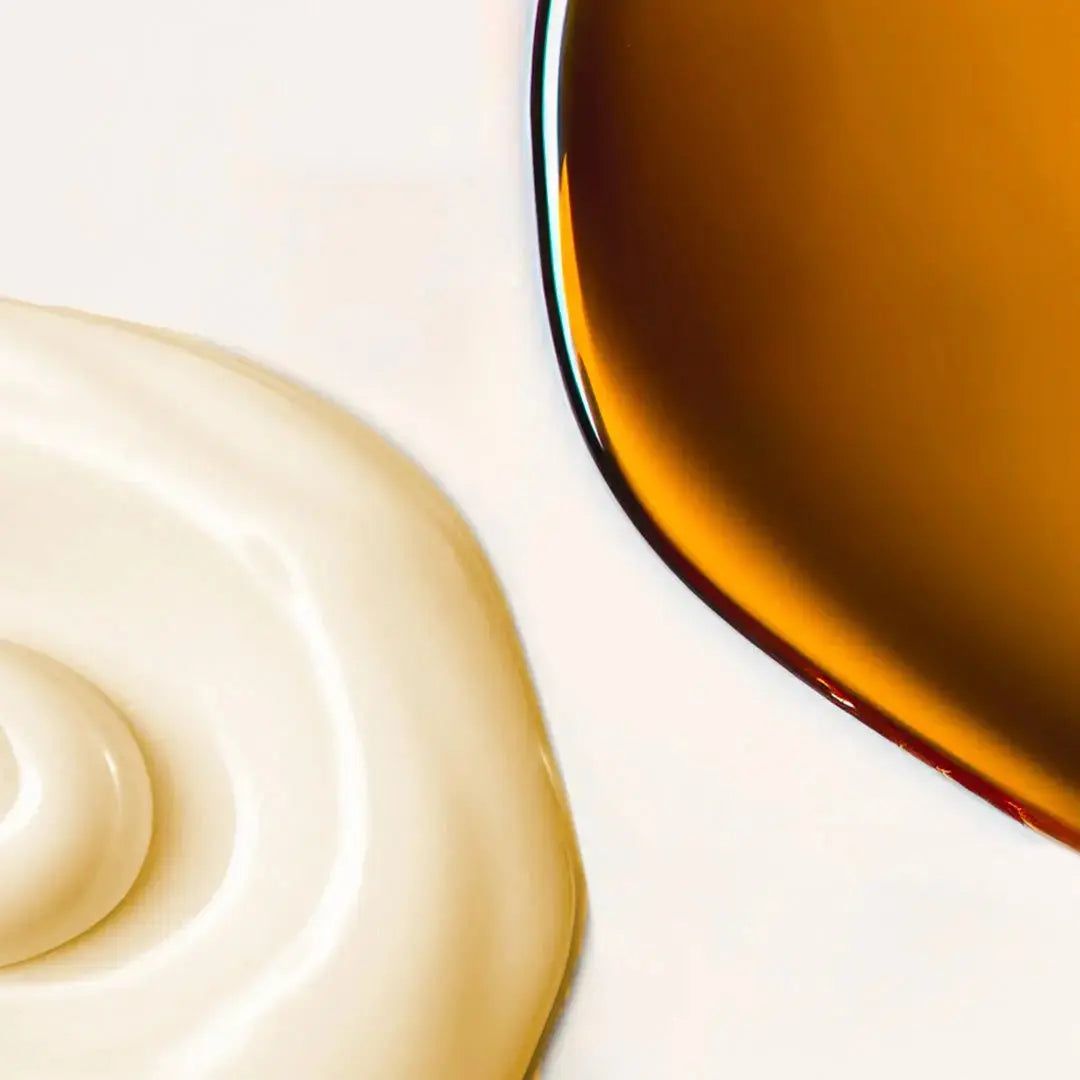- How does a classic PMA course take place?
- What techniques to promote a pregnancy with PMA?
- PMA for all, a turning point in the history of PMA
How does a classic PMA course take place?
Among heterosexuals, it is generally after 12 to 18 months of unsuccessful baby attempts that couples are referred by their doctor or gynecologist to an assisted reproduction center.
In women, we can in particular take temperature curves to analyze the quality of the cycles and check that there is ovulation, analyze the quality of cervical mucus, carry out a complete hormonal assessment, or even carry out clinical examinations and analysis. medical imaging to detect possible abnormalities in the reproductive organs.
In men, the infertility assessment generally includes carrying out a spermogram to analyze the quality, number and mobility of sperm.

What techniques to promote a pregnancy with PMA?
The PMA protocol is then defined according to the results of the infertility assessment. It encompasses different medical techniques, such as:
> Ovarian stimulation, to obtain better quality ovulation and trigger it on a specific date.
> Artificial insemination: the sperm is introduced into the uterine cavity on the day of ovulation to maximize the chances of fertilization. Insemination is generally preceded by ovarian stimulation to obtain quality oocytes. Artificial insemination can be carried out with the spouse's sperm, or that of a donor in the case of male infertility, serious genetic disease, in homosexual or single women.
> In Vitro Fertilization (IVF) consists of carrying out fertilization in the laboratory to create an embryo, which will then be implanted under analgesia or anesthesia in the uterus. Again, we can use the couple's eggs, or use gamete donation to carry out IVF. The number of embryos implanted (between 1 and 3, more generally two) depends in particular on the age of the patients, and the number of attempts already made previously.
> IVF ISCI (intra-cytoplasmic injection) consists of implanting a single sperm, previously selected, into the cytoplasm of the egg. Fertilization is therefore “forced” and this medically assisted procreation technique gives the best results.
> Specialists more rarely resort to embryo reception , that is to say the implantation of one or more frozen embryos, donated by a couple who have themselves followed a PMA course. The reception of embryos is generally reserved for couples experiencing double infertility, or who have a risk of transmitting a rare genetic disease to the child.
PMA is 100% covered by Social Security , but under certain conditions : the woman must be under 45 years old, and the second person in the couple, who will not carry the child, under 60 years old. Six artificial inseminations and four in vitro fertilizations are covered by Health Insurance. Note that a birth obtained after a PMA resets the counters to zero.
PMA for all, a turning point in the history of PMA
PMA is historically aimed at heterosexual couples who have difficulty having a child naturally. The years go by, the baby trials drag on and we call on science to give nature a helping hand. AMP can also help people with serious genetic diseases: an embryo that does not carry the disease in question is then selected in advance before implanting it in the uterine cavity.
PMA has long been exclusively reserved for heterosexual couples. This has not escaped you, PMA for all has made the headlines recently, and since August 2, 2021 and the vote on the bio-ethics bill, medically assisted procreation is now open to all and recorded in the public health code: heterosexual couples, female couples or unmarried women can now benefit from it.
The bioethics law is also accompanied by two major changes:
- It is now possible to freeze your eggs for a future pregnancy, without medical reasons: egg collection can be done from 29 to 37 years of age in women, and sperm collection from 29 to 45 years of age in men. man. Until now, women who wanted to freeze their eggs had no choice but to travel to another country.
- A child born from sperm or egg donation can now, upon reaching the age of majority, have access to some non-identifying information concerning the donor , such as his age, professional or personal situation.

Good to know: heterosexual couples or couples of women using medically assisted procreation must express their wishes before a notary. No filiation can be established with a possible donor, and couples of women will have to jointly and in anticipation of the unborn child.
Thanks to PMA, a nice + appeared on your pregnancy test? The great baby adventure begins! Our treatments are perfect to support all pregnant women during these 9 months, and even after! Discover our face and body products in our gift sets, such as the Morning & Evening Anti-Stretch Mark Ritual Set to maintain beautiful, mark-free skin until your little one is born!










